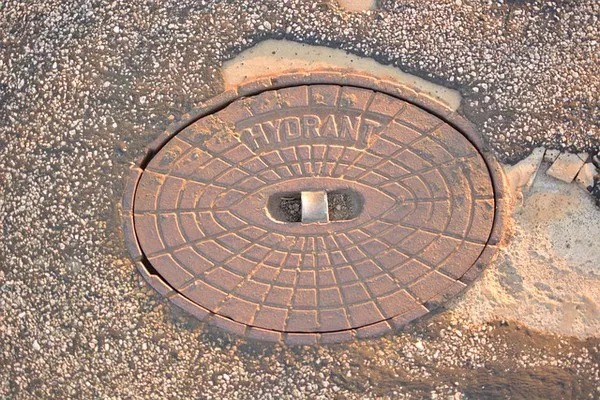The treatment of sewage water is a crucial process that plays a pivotal role in safeguarding public health, protecting the environment, and ensuring sustainable water resources. Once wastewater undergoes treatment, it transforms from a hazardous waste into a valuable resource. This article delves into the intricate journey of sewage water after it is treated, highlighting the multifaceted benefits of this process.
The Treatment Process
Sewage water treatment involves a series of complex processes designed to remove pollutants, contaminants, and pathogens from the wastewater before it can be safely discharged into the environment or reused. The treatment process typically consists of several stages, including primary, secondary, and sometimes tertiary treatment. During primary treatment, physical processes such as sedimentation and screening remove larger particles and solids from the wastewater. Secondary treatment employs biological processes, including the use of bacteria and other microorganisms, to break down organic matter further. Tertiary treatment, when implemented, employs advanced methods to further polish the water quality, producing effluent that meets stringent regulatory standards.
Effluent Quality and Compliance
Once the sewage water has undergone treatment, it is transformed into what is known as effluent. This effluent is rigorously tested to ensure compliance with regulatory standards before it can be safely released into receiving water bodies such as rivers, lakes, or oceans. These standards are in place to safeguard aquatic ecosystems and public health. Regulatory bodies establish limits on parameters such as biochemical oxygen demand (BOD), total suspended solids (TSS), and pathogens, ensuring that the effluent poses no harm to the environment or human health.
Environmental Impact
The release of treated sewage water into natural water bodies can have both positive and negative environmental impacts. On one hand, the introduction of nutrient-rich water can contribute to nutrient enrichment, promoting the growth of algae and aquatic vegetation. This phenomenon, known as eutrophication, can lead to oxygen depletion in water bodies, potentially harming aquatic life. However, when sewage water is properly treated, the levels of nutrients are significantly reduced, mitigating the risk of eutrophication.
Moreover, treated sewage water can augment the water supply in regions facing water scarcity. By treating and reusing effluent for non-potable purposes like irrigation, industrial processes, or landscape maintenance, pressure on freshwater resources can be reduced. This practice contributes to sustainability and resilience in water management.
Reuse and Resource Recovery
One of the most notable advancements in sewage water treatment is the growing emphasis on reuse and resource recovery. Rather than treating sewage water solely for discharge, treatment facilities are increasingly adopting strategies to extract value from the treated water. This approach involves identifying and capturing valuable resources, both in terms of water and energy.
Water Reuse:
Treated sewage water can be reclaimed for various non-potable applications, reducing the demand for fresh water sources. Industries, agriculture, and urban landscape irrigation can all benefit from the availability of a reliable water source that doesn’t strain traditional supplies.
Energy Generation:
The treatment process itself generates significant amounts of organic matter. By harnessing anaerobic digestion and other technologies, treatment facilities can extract biogas from this organic matter. This biogas can be used to generate heat and electricity, offsetting some of the energy costs associated with the treatment process.
Nutrient Recovery:
Sewage water is rich in nutrients such as nitrogen and phosphorus. These nutrients can be recovered from the effluent and converted into valuable fertilizers. This not only reduces the environmental impact of nutrient discharge into water bodies but also contributes to circular economy practices.
Challenges and Future Directions
While treating sewage water has come a long way in terms of technology and efficiency, challenges remain. Aging infrastructure, increased urbanization, and emerging contaminants pose ongoing challenges for wastewater treatment facilities. Emerging contaminants like pharmaceutical residues, microplastics, and endocrine-disrupting chemicals require innovative treatment approaches to ensure their removal from effluent.
The future of sewage water treatment lies in embracing advanced technologies such as membrane filtration, ozone treatment, and even more efficient biological processes. These technologies offer the potential to further enhance the quality of treated water, making it suitable for even more diverse applications, including direct potable reuse.
Conclusion
The journey of sewage water from contamination to resource is a testament to human ingenuity and the drive to safeguard our environment and ensure the sustainability of our water resources. Through a series of intricate processes, sewage water is transformed into treated effluent that meets strict regulatory standards. This effluent can be safely released into water bodies, benefitting aquatic ecosystems and public health. Furthermore, the increasing focus on reuse and resource recovery is revolutionizing the way we view sewage water. By extracting valuable resources such as water, energy, and nutrients, sewage water treatment is becoming a cornerstone of sustainable water management. As technology continues to evolve, the future holds the promise of even more efficient, innovative, and environmentally friendly sewage water treatment processes.

